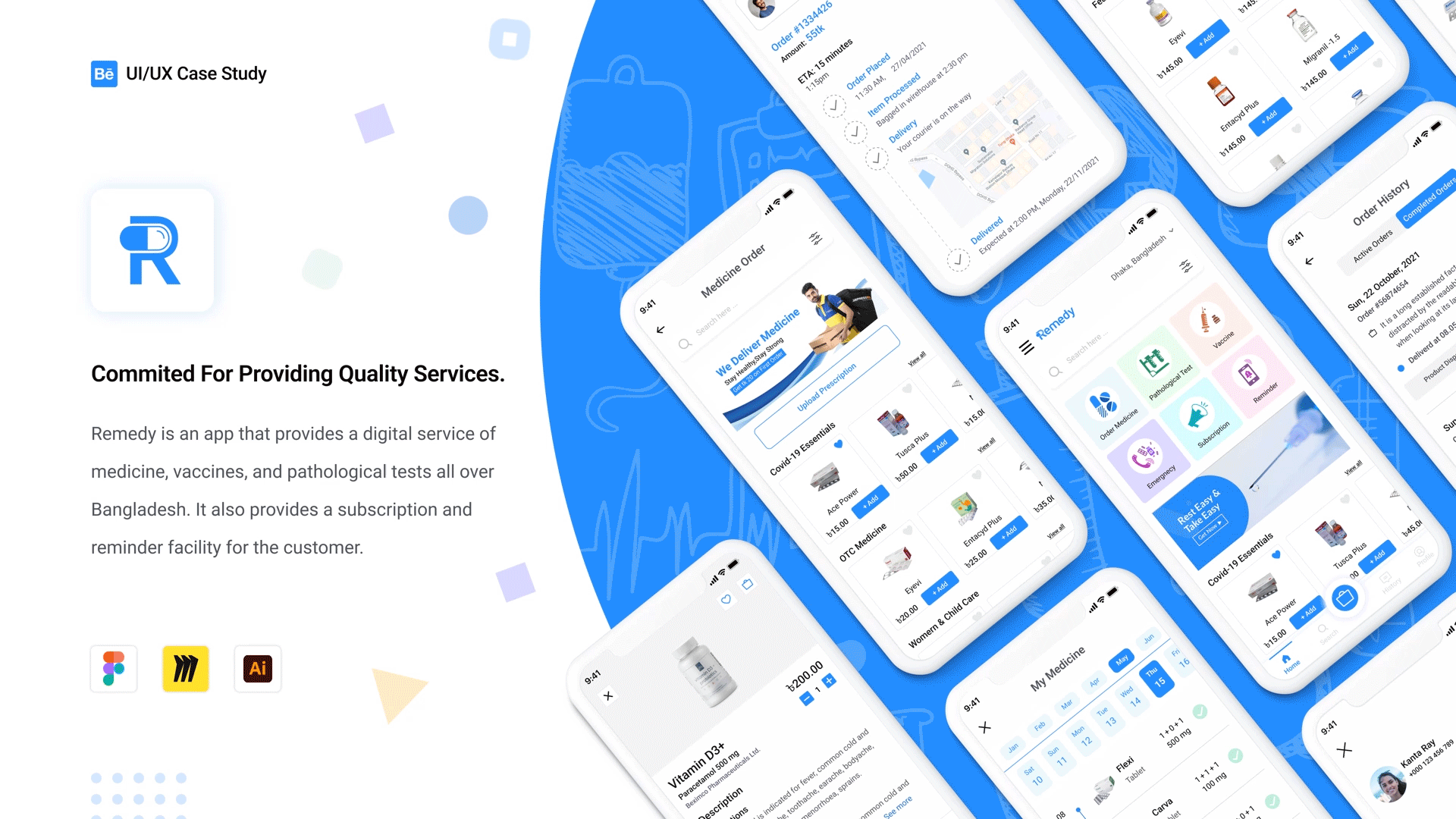Discover cost-effective strategies for developing a multivendor e-commerce app within a budget of 7 to 12 lakhs. Explore essential features, platform selection, and optimization tactics for creating a competitive online store platform. Get a free quotation tailored to your project needs.
Introduction:
In today's digital landscape, multivendor apps have revolutionized the way consumers shop and local businesses operate. These platforms, epitomized by successful apps like Dukan, offer a convenient and efficient marketplace where multiple vendors can showcase their products and services to potential customers. However, for startups operating with limited budgets, the prospect of developing such a platform can seem daunting. In this comprehensive guide, we'll explore how startups can navigate the complexities of multivendor app development within a budget range of 7 to 12 lakhs, while still delivering a robust and competitive product.

Understanding Cost Constraints:
Developing a multivendor app within a budget range of 7 to 12 lakhs necessitates a keen understanding of cost drivers and constraints. Let's break down how these costs might be allocated:
Core Features: Essential functionalities such as user authentication, product listings, shopping cart, and payment gateway integration form the backbone of the app. Allocating a significant portion of the budget towards implementing and fine-tuning these features ensures a seamless user experience and operational efficiency.
Design and UX: While custom designs and UX enhancements can elevate the app's aesthetics and usability, they also incur additional costs. Striking a balance between aesthetics and budgetary constraints is crucial, perhaps by leveraging pre-designed templates or working with freelance designers who offer competitive rates.
Platform Selection: Given the budget constraints, startups may initially focus on developing for a single platform, typically either iOS or Android. Choosing the platform that aligns best with the target audience and market trends ensures optimal resource utilization and cost efficiency.
Technology Stack: Selecting a cost-effective yet robust technology stack is paramount. Cross-platform development frameworks like React Native or Flutter offer significant cost savings by enabling code reuse across platforms without compromising performance or user experience.
Scalability and Maintenance: While budgetary constraints may limit initial investment in scalability features, it's essential to build a foundation that can accommodate future growth. Prioritizing scalability and setting aside a portion of the budget for ongoing maintenance and updates ensures the app remains competitive and relevant in the long term.
Strategic Approaches for Budget Optimization:
Within the specified budget range, startups can adopt strategic approaches to optimize development costs while delivering a compelling multivendor app:
MVP Development: Embrace the Minimum Viable Product (MVP) approach by prioritizing core features and functionalities that address the immediate needs of users and vendors. Launching a lean MVP allows startups to validate their concept, gather user feedback, and iterate iteratively within the budgetary constraints.
Open-Source Solutions: Leverage open-source technologies, libraries, and frameworks to minimize development costs. Open-source solutions offer robust functionalities, community support, and cost-effective alternatives to proprietary software, enabling startups to allocate more resources towards critical development tasks.
Outsourcing and Freelancing: Consider outsourcing non-core development tasks or collaborating with freelance developers to reduce labor costs. Outsourcing allows startups to access a global talent pool, tap into specialized expertise, and scale development efforts according to budgetary constraints.
Strategic Partnerships: Explore strategic partnerships with complementary service providers or industry stakeholders to leverage shared resources and infrastructure. Collaborating with payment gateways, logistics providers, or marketing agencies can reduce development overhead and accelerate time-to-market without compromising on quality.
Continuous Optimization: Adopt a mindset of continuous optimization throughout the development lifecycle. Regularly reassess project priorities, revisit cost estimates, and identify opportunities for cost savings or efficiency gains to stay within the budgetary constraints while delivering maximum value to stakeholders.
Conclusion:
In conclusion, developing a multivendor app within a budget range of 7 to 12 lakhs requires careful planning, resource allocation, and strategic decision-making. By understanding cost constraints, prioritizing essential features, and adopting cost-effective development practices, startups can build a competitive and compelling product that resonates with users and vendors alike. With meticulous budget management, strategic partnerships, and a relentless focus on delivering value, even startups with limited resources can carve out a niche in the burgeoning multivendor app market, driving innovation and fostering economic growth in the digital age.
We're Here to Help: Need assistance in estimating the costs for your multivendor app project? Feel free to reach out for a free quotation tailored to your specific requirements. Our team is dedicated to supporting startups like yours in realizing their vision and achieving success in the digital marketplace.